There are many low-light flower options available to you when it comes to container gardening in shaded places. Many of these shade-loving plants have colorful petals and intriguing foliage, ranging from compact blooms that thrive in moderate shade to trailing species that demand full shade. Some plants grow well in pots, while others might require special soil mixtures or extra care to thrive in spaces with little sunshine.
Here are 10 flowers that perform well in shaded areas when grown in pots, suitable for different climates and garden styles.
Begonias
Begonias are available in a range of colors, including orange, pink, red, and white. They usually have longer-lasting visual appeal during their summer to fall blooms. Although they may withstand some early sun, these plants prefer partial shade. Watering the soil on a regular basis is crucial to keeping it continuously damp but not soggy. Begonias are a versatile choice for many gardeners, doing well in well-draining soil rich in organic content. They are recommended for USDA hardiness zones 6 through 11.
Impatiens
Impatiens are a favorite in gardens because they come in a variety of colors, such as pink, red, white, and purple. Because too much direct sunshine might harm their delicate petals, they prefer partial to full shade. They need regular watering because they want constantly moist soil, but not soggy soil. Although they can be perennials in warmer climates, impatiens are typically planted as annuals in most areas.
Fuchsias
Because they are perennials and can tolerate full to partial shade, fuchsias are perfect for areas that receive little to no sunlight. Watering on a regular basis is crucial since they appreciate soil that drains effectively and is consistently moist. Pink, crimson, purple, and white are just a few of the hues that fuchsias come in. They also frequently have two-toned blossoms. These blooms have added ecological benefits to their visual appeal since pollinators like bees and butterflies are drawn to them in particular.
Hostas
Popular perennials, hostas, prefer partial to full shade and do best in hardiness zones 3–9. Though they come in a variety of colors, such as green, blue, and variegated patterns, they are not very aromatic. For these plants to thrive, the soil must be regularly moistened and watered. Despite their attractive appearance, hostas are frequently vulnerable to deer and rabbit nibbling, therefore in places where these animals are common, protection of some kind is required.
Astilbes
Perennial plants called asstilbes are prized for their fluffy plumes, which open to flower in the middle to late summer. They provide a range of colors to garden areas and come in pink, red, white, and purple tints, among other hues. For best growth, these plants require regularly moist, well-drained soil and prefer moderate to full shade. They don’t require much care; the occasional division every few years is all that’s needed to keep them vigorous and from getting too big for their space.
Heucheras
Coral bells, also referred to as heucheras, are perennial plants that grow well in hardiness zones 4 through 9. They prefer soil that drains well and moderate to complete shade, however several kinds may stand more light. These plants have variegated patterns and range in color from green to deep burgundy. Heucheras are a good choice for gardeners seeking both foliage interest and moderate maintenance because they require regular watering but do not require extremely wet circumstances.
Tuberous Begonias
From midsummer until the first frost, tuberous begonias bloom, generating a wide range of colors, including red, pink, yellow, and white. They thrive in partially shaded areas, requiring indirect sunlight to prevent leaf burn. These flowers require regular watering to prevent moisture buildup and like well-draining, organic matter-rich soil. The plant requires minimal maintenance; regular deadheading prolongs the bloom’s lifespan, and periodic fertilizer encourages strong development.
Violas
Early spring is when violas bloom, and they can continue long into the fall’s chilly months. They are available in various hues, such as purple, yellow, blue, white, and bi-colored types. Violas prefer moderate to full sun and need soil that is consistently moist but not excessively so. In most climates, they are annuals, yet in milder areas, they may be perennials. They don’t take much upkeep; however, frequent deadheading is necessary to promote longer flowering and lessen seed production.
Lobelias
Lobelias occur in a variety of colors, including blue, purple, and white, and usually bloom from late spring to early fall. The optimal conditions for them are full sun to light shade. In most areas, these plants are annuals, although in warmer temperatures, they can be perennials. Lobelias are a great option for gardens that help local wildlife since they draw pollinators like bees and butterflies. To keep themselves healthy and produce flowers, they like moist, well-drained soil.
Ferns
Perennial ferns typically don’t draw pollinators such as butterflies or bees. As in their native woodland habitats, they do well in situations that are partly shaded or shady. For optimal growth, ferns prefer moist, well-drained soil and need regular watering to maintain hydration. Although they require constant watering, ferns are often resistant to rabbits and deer, which makes them a low-maintenance option for gardeners who are worried about pests.
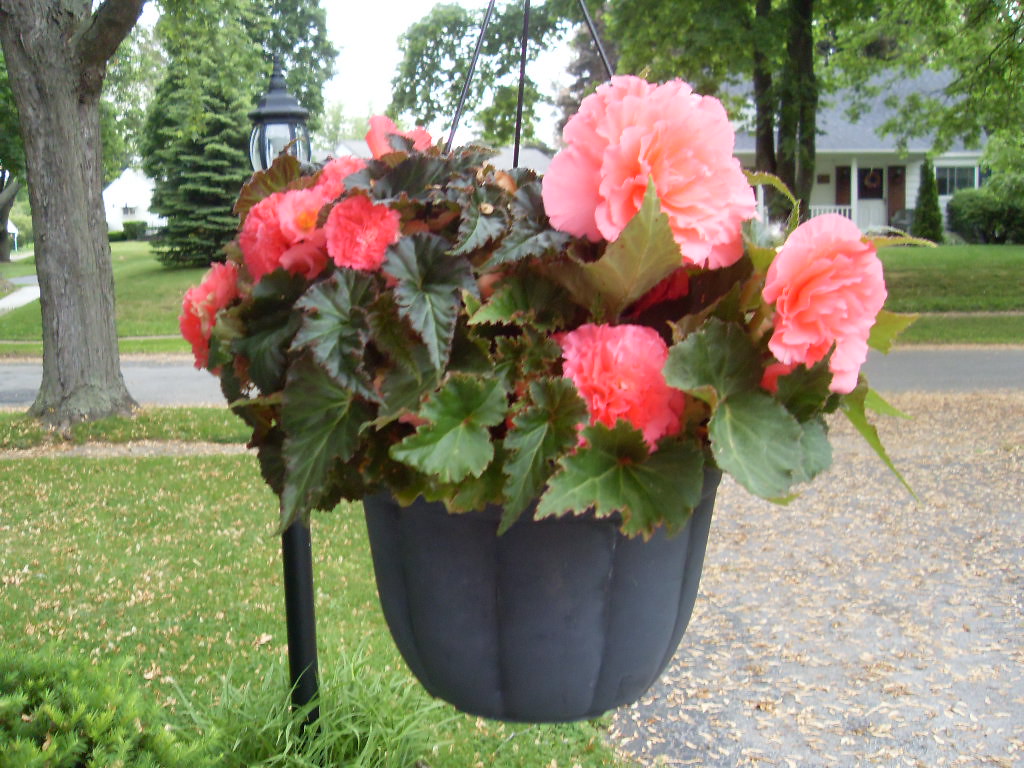
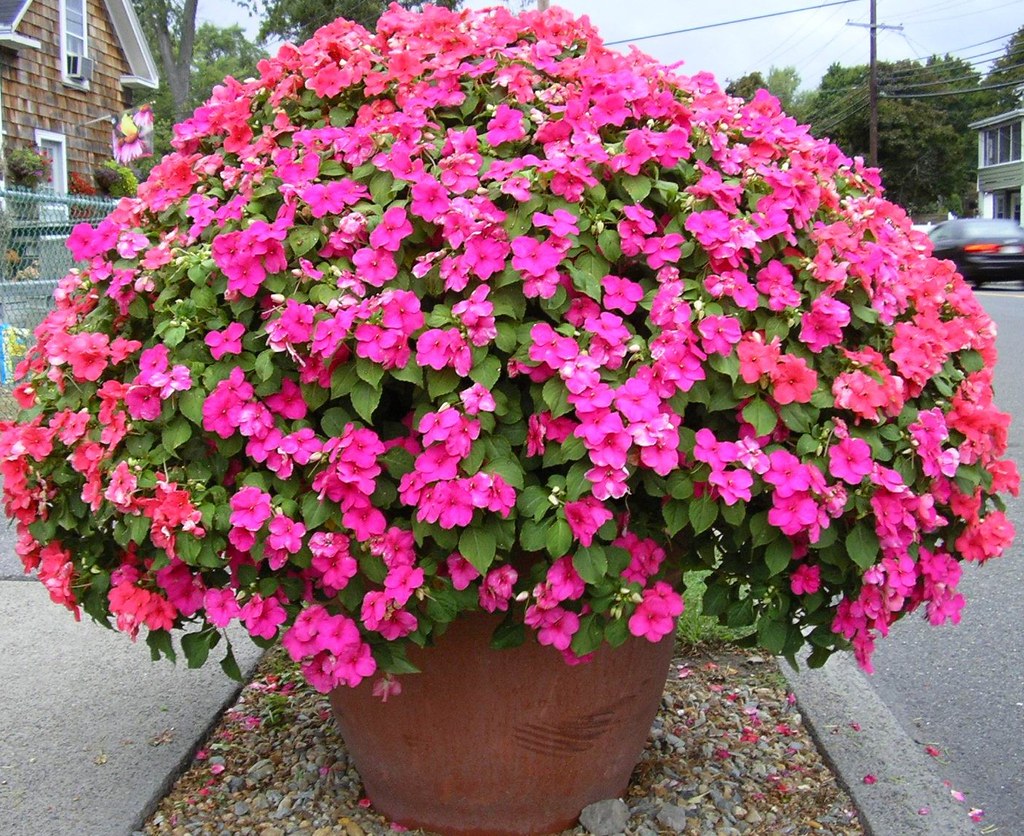
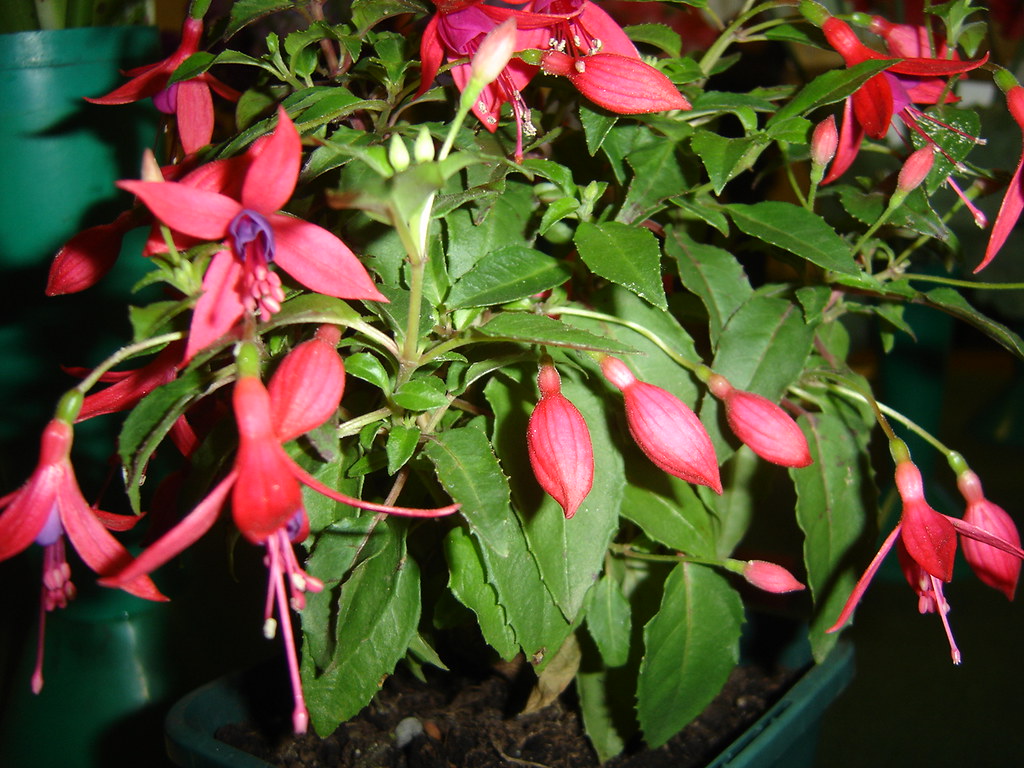
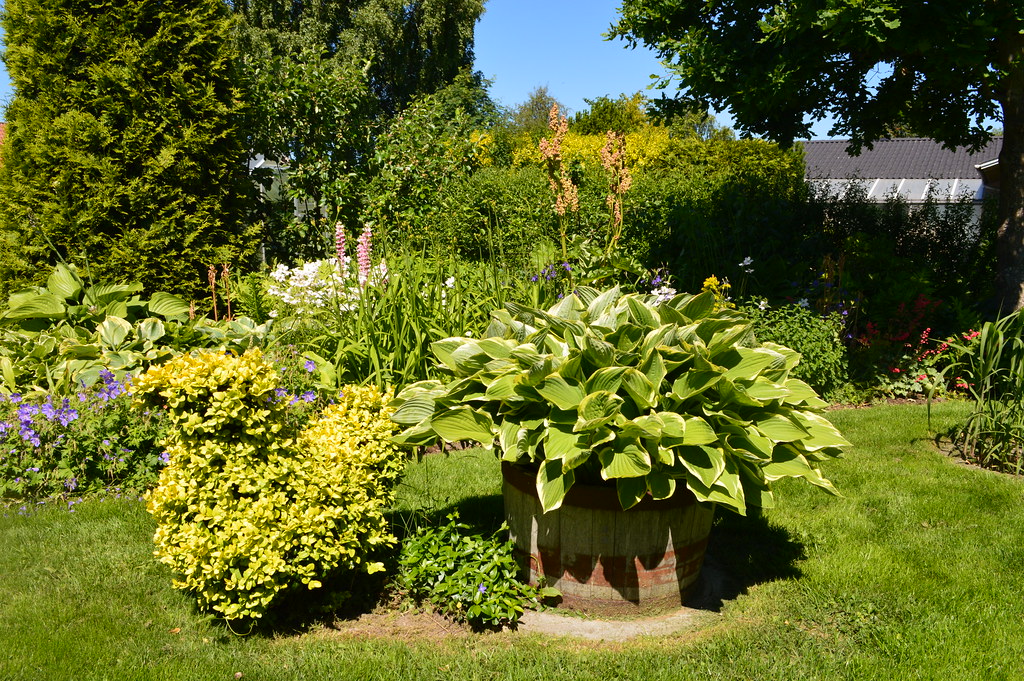
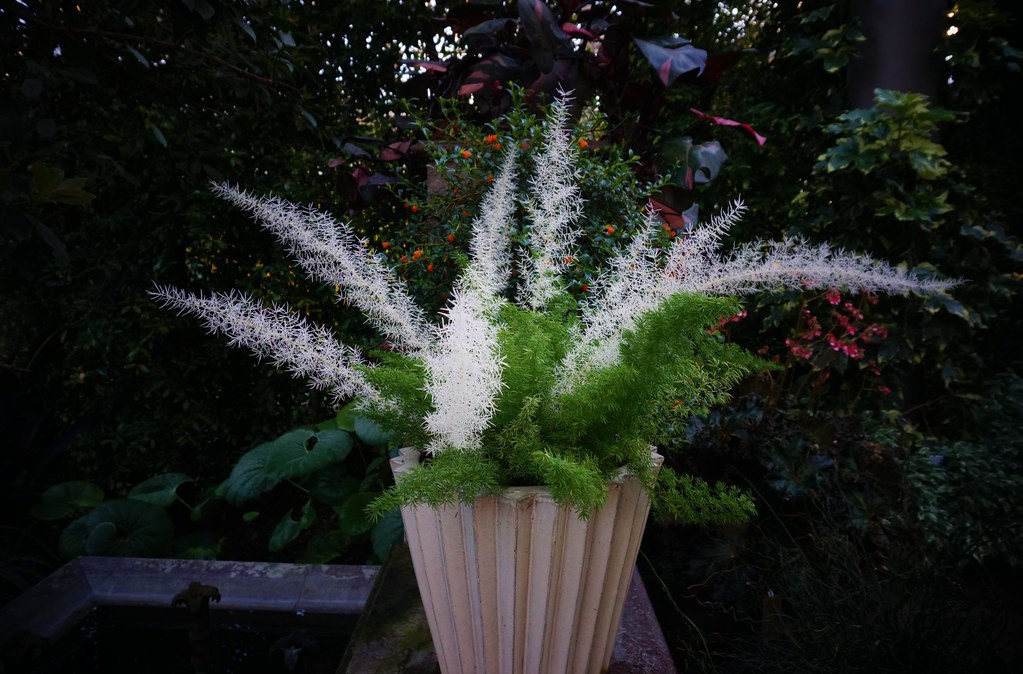
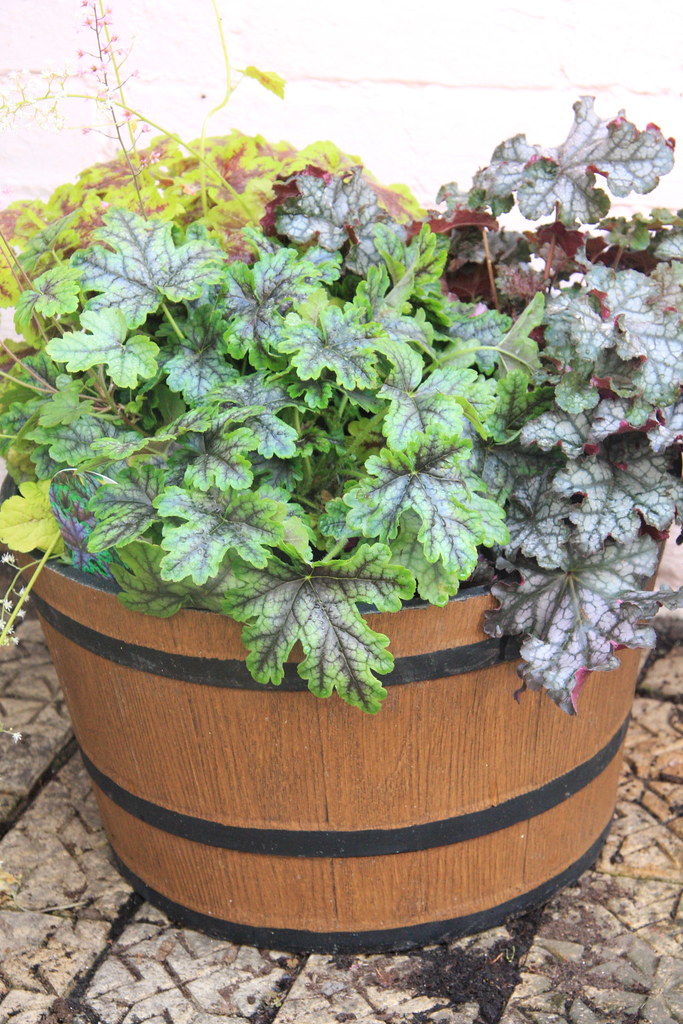
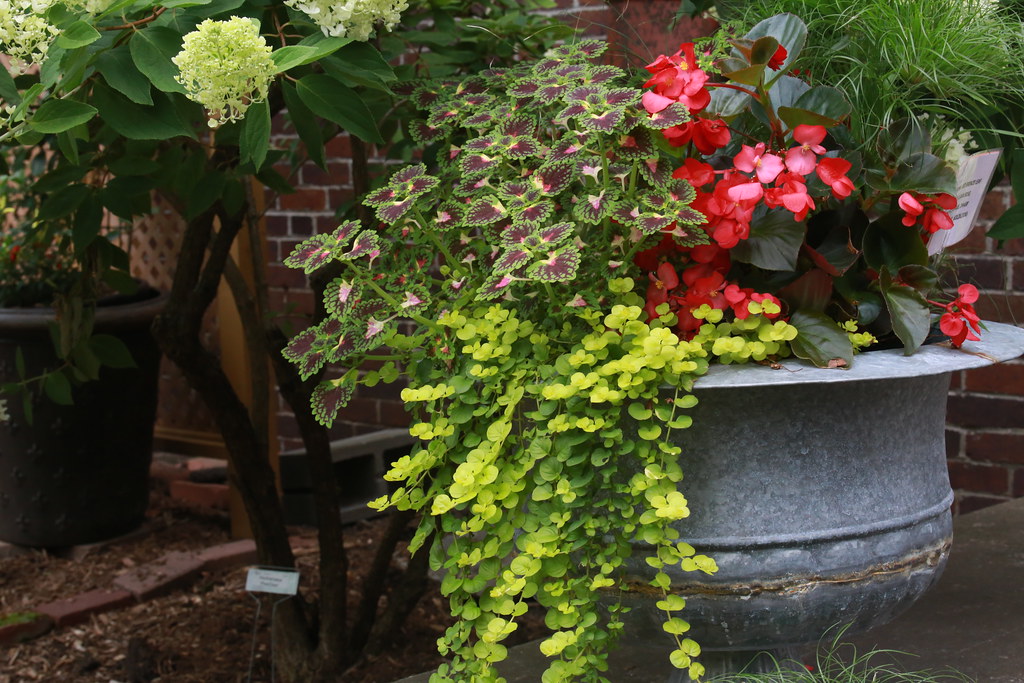
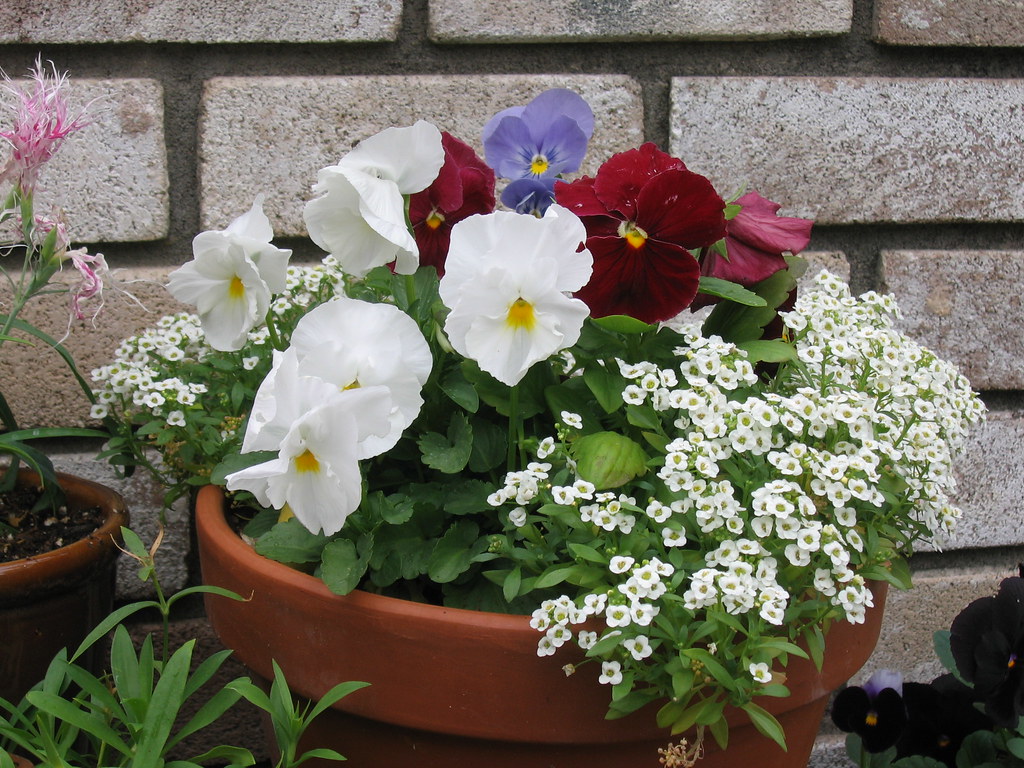
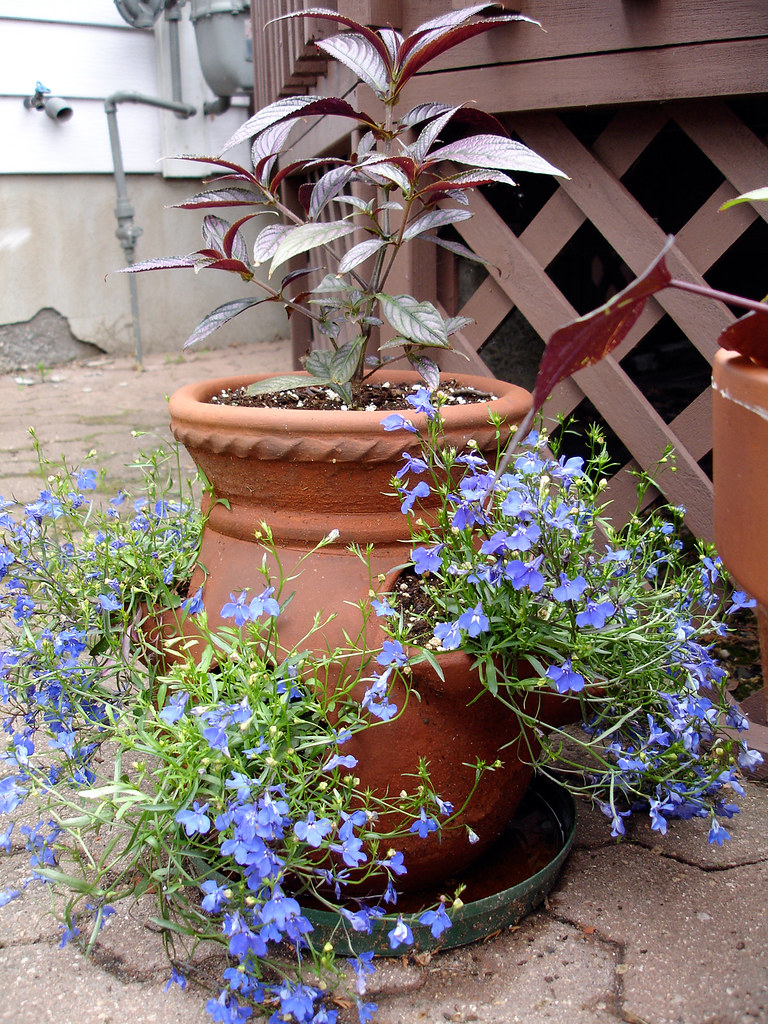
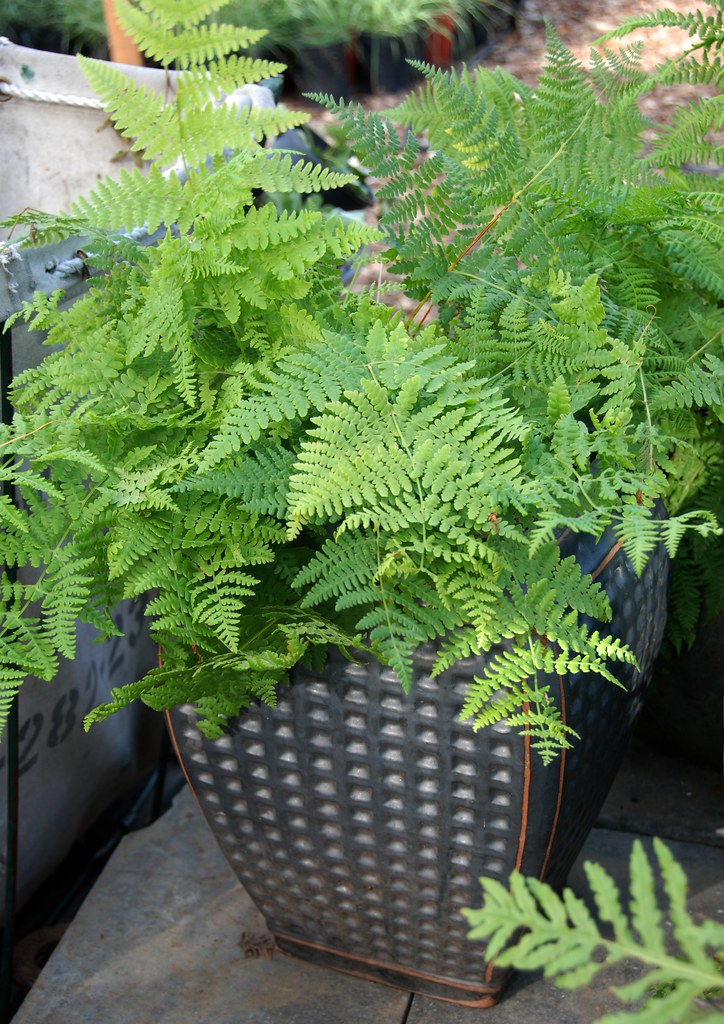


Can you give me some info about the planting and any tips on lily of the valley?